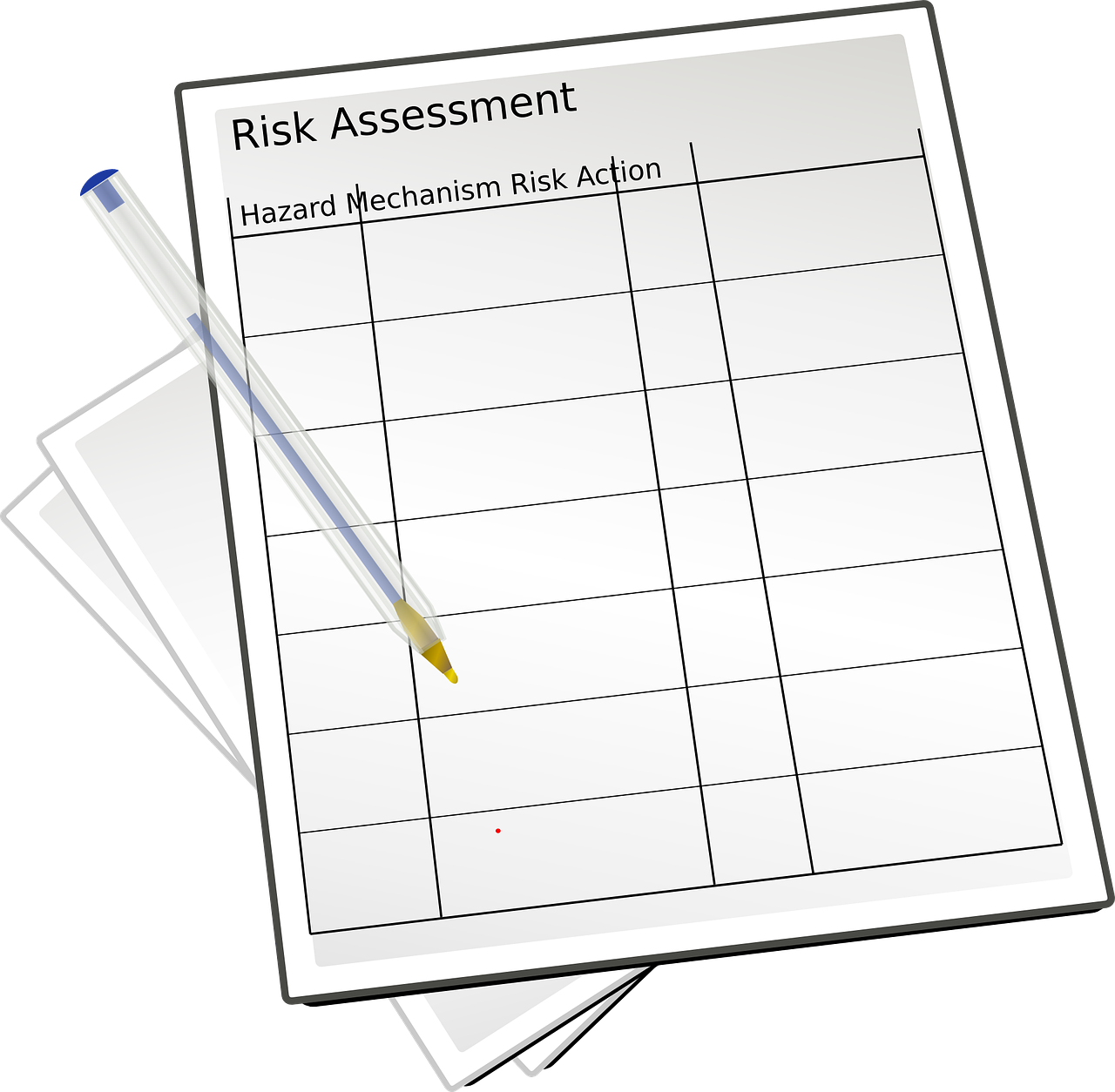
A COSHH (Control of Substances Hazardous to Health Regulations 2002 as amended) assessment concentrates on the hazards and risks from hazardous substances in your workplace.
Remember that health hazards are not limited to substances labelled as ‘hazardous’.
Some harmful substances can be produced by the process you use, e.g. wood dust from sanding, or silica dust from tile cutting.
Identify the hazards
- Identify which substances are harmful by reading the product labels and safety data sheets (SDS)
- If you are in doubt, contact your supplier
- Remember to think about harmful substances produced by your processes, such as cutting or grinding, or to which workers may be otherwise exposed
Decide who might be harmed and how
- How might workers be exposed? Think about the route into the body (whether the substance can be breathed in, get onto or through the skin or can even be swallowed) and the effects of exposure by each of these routes
- Think of how often people work with the substance and for how long
- Think about anyone else who could be exposed
- Don’t forget maintenance workers, contractors and other visitors or members of the public who could be exposed
- Also think about people who could be exposed accidentally, eg while cleaning, or what happens if controls fail
Evaluate the risks and decide on precautions
Once you have carried out a risk assessment and identified which harmful substances are present, and how workers can be harmed, you need to think about preventing exposure.
- Do you really need to use a particular substance, or is a safer alternative available?
- Can you change the process to eliminate its use or avoid producing it? If this is not possible, you must put in place adequate control measures to reduce exposure
The measures you adopt could include the following:
- Changing the process to reduce risks
- Consider whether you can change the process you use to reduce the risk of exposure. For example, you could reduce the temperature of a process to reduce the amount of vapour getting into the air or use pellets instead of powders as they are less dusty
Containment
- Enclose the process or activity as much as possible to minimise the escape or release of the harmful substance
- Use closed transfer and handling systems and minimise handling of materials
- Extract emissions of the substance near the source
Systems of work
- Restrict access to those people who need to be there
- Plan the storage of materials, and use appropriate containers. Check that storage containers are correctly labelled and that incompatible materials, for example acids and caustics, are separated
- Plan the storage and disposal of waste
Cleaning
- Exposure to hazardous substances can occur during cleaning, so plan and organise the workplace so that it can be easily and effectively cleaned
- Smooth work surfaces will allow easy cleaning
- Have the right equipment and procedures to clear up spillages quickly and safely
- Clean regularly using a ‘dust-free’ method – vacuum, don’t sweep
If you have five or more employees, you must record your assessment but, even if you have fewer than five, it makes sense to write down what steps you have taken to identify the risks. And the really important part is making a list of the actions you have taken to control the risks to workers’ health.
The risk assessment should be regularly reviewed to ensure that it is kept up to date to take into account any changes in your workplace.
Courtesy of http://www.hse.gov.uk/toolbox/harmful/coshh.htm
If you are interested in training on COSHH and COSHH risk assessments then we have two online training courses that may be of interest to you:
